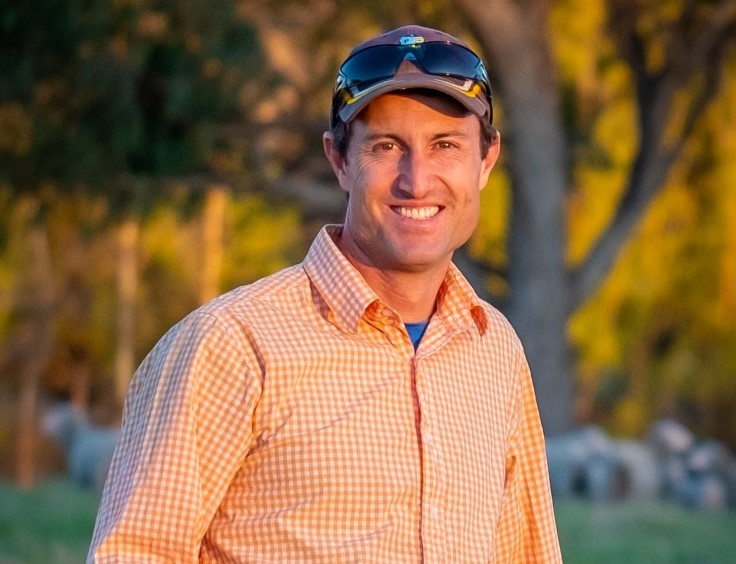

Over 150 years ago, the Taylor family were pioneer European settlers of the beautiful valley where ‘Taylors Run’ is located, in the New England region of northern NSW. Over the recent 50 years, the family have become pioneers in another sense - pioneering land rehabilitation and reforestation in a productive Superfine Merino grazing enterprise.
For Michael and Milly Taylor, decades of hard work, planning and patient observation are now paying off, with ‘Taylors Run’ a wonderful and very timely example of what is now commonly termed ‘regenerative’ agriculture.
Nestled in the ironically named ‘Terrible Vale’ in northern NSW, ‘Taylor's Run’ has been part of Taylor family farming tradition since 1839.
‘Taylors Run’ enjoys around 750 mm of Summer-dominant rainfall, and at over 1,000 metres above sea level, a cool temperate climate.
The results of planting over 250,000 trees on ‘Taylors Run’ are readily evident in the satellite image of the property.
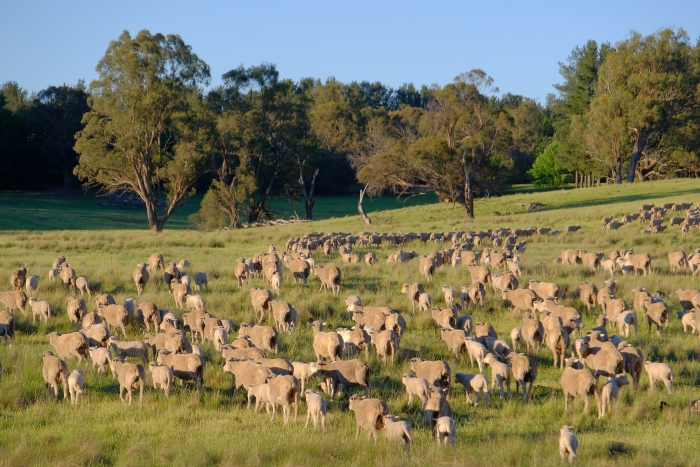
Biodiversity has become a major focus on ‘Taylors Run’, with 40 species of pasture alone.
“The greater biodiversity and tree cover has led to greater resilience through climate extremes, and it would be nice to say that in just 5 years-time, we could expect year-round green grass production”
"As we've just seen in the 2019 drought, a lot of our perennial native pastures were still producing green feed from very small amounts of moisture, when a lot of the district was quite bare"
“We've done a lot of subdivisions, and we've also tried to maintain a very manageable network of laneways in doing our subdivisions.
“In doing our subdivisions, our principle was that we should never have to cross more than 2 fence lines to get to any part of the boundaries”
"It may seem like a silly little thing, but it means that you're more often visiting more parts of the property, and seeing more parts of the land regularly is an important part of farm management"
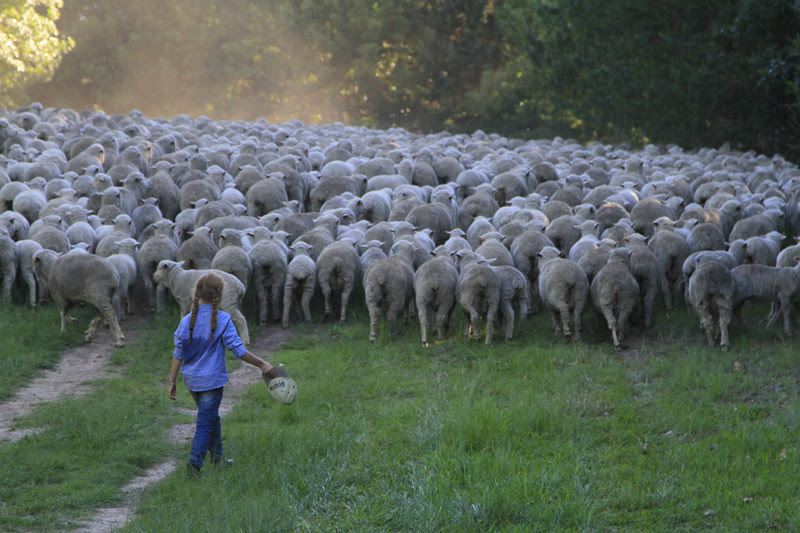

“We've done a lot of subdivisions, and we've also tried to maintain a very manageable network of laneways in doing our subdivisions.
“In doing our subdivisions, our principle was that we should never have to cross more than 2 fence lines to get to any part of the boundaries”
"It may seem like a silly little thing, but it means that you're more often visiting more parts of the property, and seeing more parts of the land regularly is an important part of farm management"

The extensive laneway and shelter belt system has created a nurturing environment for the Taylor’s superfine Merino flock.
"One of the intial reasons for increasing the subdivisions was for managing worm burden in the livestock, but we very quickly learned the benefits to the pasture"
"The long rest works here, and after 30 - 40 years we're now starting to see some natural revegetation from the remnant eucalypt vegetation - which is really exciting as they're essentially free trees"
All sheep on ‘Taylors Run' are naturally non-mulesed and bred and managed to minimise the need for veterinary chemical use.
“I've always been very aware of the questions that the consumers are asking about how animals are cared for on the farm”, says Michael.
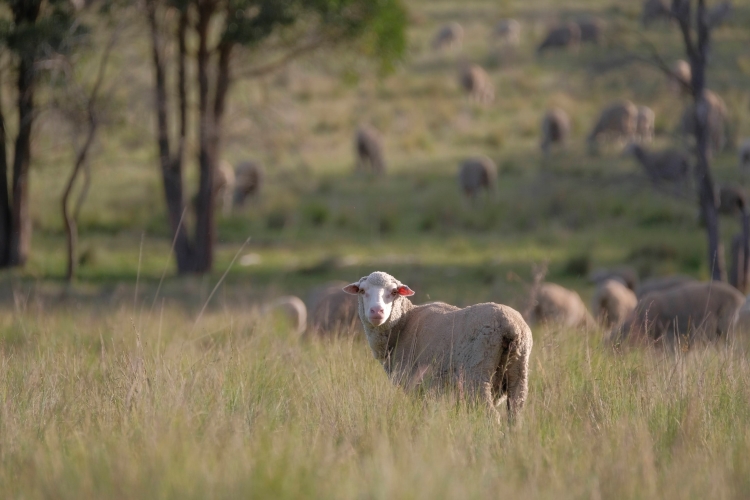

All sheep on ‘Taylors Run' are naturally non-mulesed and bred and managed to minimise the need for veterinary chemical use.
“I've always been very aware of the questions that the consumers are asking about how animals are cared for on the farm”, says Michael.
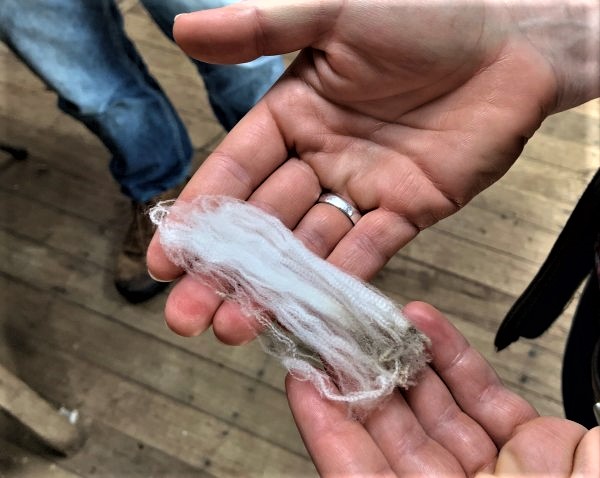
For Michael, attaining the highest standards of clip quality and production integrity has been a work of decades, and has involved close connection to wool buyers and processors.
“We've had a long involvement now in direct marketing”, say Michael.
Recently, the desire for connection to the demand end of the pipeline has yielded a partnership with Paris-based haute couture designer Sofia Crociani, who uses fleeces from ‘Taylors Run’ to produce amazing jewellery.
The farm has been involved with SustainaWOOL from its inception in 2015 and attained GOLD status in 2021.
‘Taylors Run’ has also been a demonstration site for a natural capital accounting project led by Mark Gardner.
"The very conservative modelling that was carried out showed that we were sequestering over 210 tonnes of CO2 equivalents here, and that is not accounting for anything that we're storing in the soil"
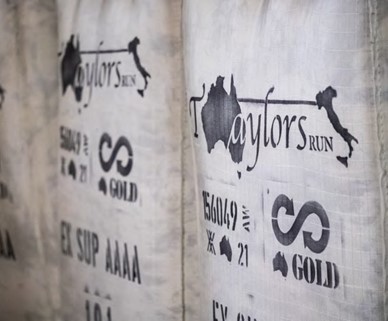

The farm has been involved with SustainaWOOL from its inception in 2015 and attained GOLD status in 2021.
‘Taylors Run’ has also been a demonstration site for a natural capital accounting project led by Mark Gardner.
"The very conservative modelling that was carried out showed that we were sequestering over 210 tonnes of CO2 equivalents here, and that is not accounting for anything that we're storing in the soil"

